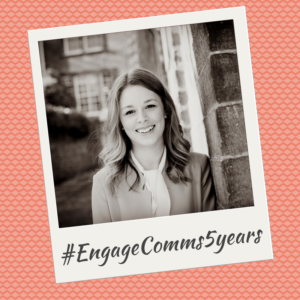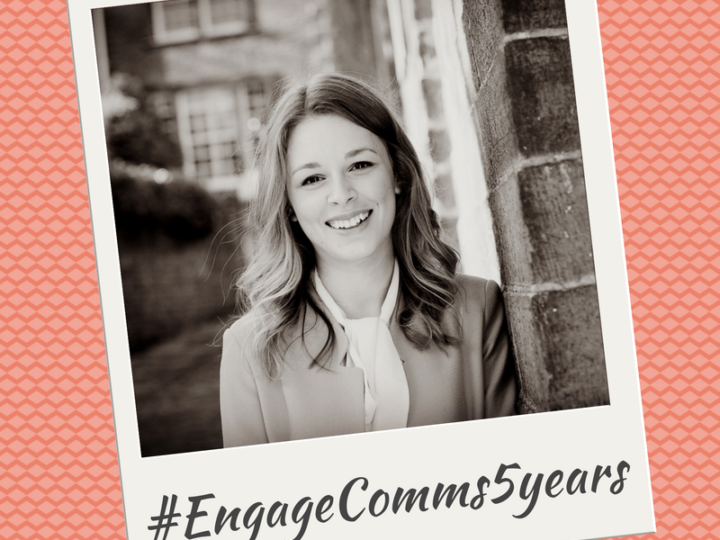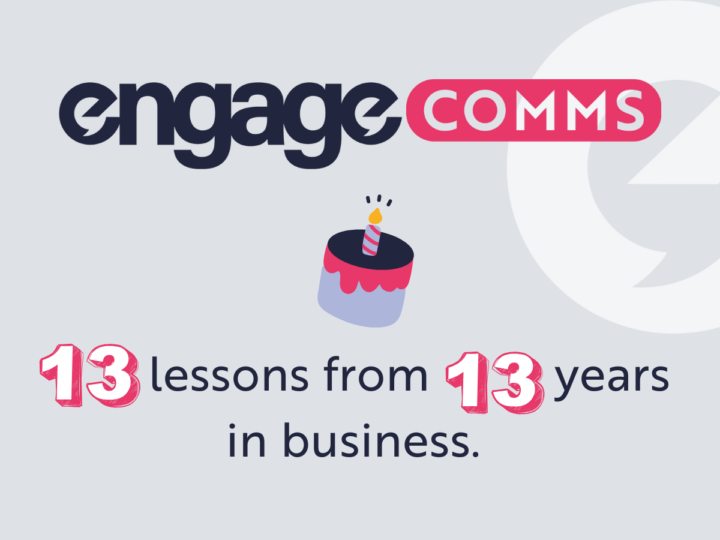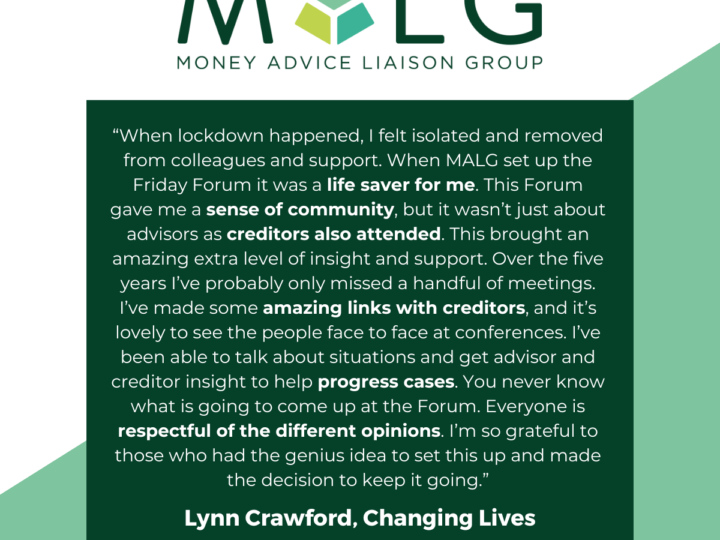
Am I still talking about social media? Yes, and I probably will be in five years’ time too. I know I’ve written blogs about changes to social media platforms before, but with the landscape constantly changing and new platforms popping up left, right and centre; it’s difficult to write a blog summarising marketing over the past five years without touching on how social media has revolutionised the way we communicate and do business.
Since Engage Comms launched five years ago, there have been some radical changes in the way that businesses use online platforms, and it seems that the platforms themselves are in constant competition to better themselves in order to be at the top of the digital world. We’ve tagged along for the ride and picked out five of our favourite updates and additions.
Canva
I bloody love Canva. Want a new banner for your website? No problem. Need a branded visual for social media? Step aside. Canva has transformed our offer to clients and allowed us to easily create content that is iconic to the brand and something our clients wouldn’t have time to produce themselves. Remember when you were younger, and you weren’t allowed on the internet because your Dad was using the phoneline so you’d sit on paint and create ‘designs’? That’s how Canva makes me feel, except instead of insisting they be printed out and stuck on the fridge, they get used as marketing materials both online and off to represent brands (which is actually just as exciting!)
Twitter Analytics
I never thought I’d see the day where I would confess that I’m addicted to data (see confession blog here). But it’s true, data is what makes my world go round and when Twitter launched the Analytics dashboard in July 2014, my days of off-course tweets fell by the wayside. Now each tweet is compared for engagement, impressions and media clicks then analysed competitively against previous posts to help identify the content followers relate to best so that we can make our campaigns completely insight-based. All this from a few stats? Yeah, it’s pretty good.
Snapchat promoting storytelling
Snapchat has been great for a number of different reasons; introducing the concept of disposable content, adding geo-filters and facial recognition to your everyday life, and many more quirks (let’s forgive and forget the attempt to bring back QR codes). But the one thing I really love about Snapchat is that it’s encouraged brands to share stories and real-life, live content. In a social media world where we see scheduled posts every day, it’s refreshing to see brands sharing visual content straight from the horse’s mouth. The only thing more entertaining than this, is the way that Snapchat’s storytelling feature has forced other platforms to put their tail between their legs and join the ‘story’ party late – I’m looking at you Instagram and Facebook Live! For this, I kindly shake Snapchat’s hand and bid it farewell in favour of Instagram stories #sorrynotsorry.
Linkedin company pages
Believe it or not, five years ago, companies had no presence on Linkedin other than through their employee profiles. But all that changed in October 2012 – although this update was only for ‘select companies’. More recently, Linkedin has FINALLY updated and company pages are available to all those who want one and the flick between member view and company posting has made life so much easier and provided a channel for organisations to share content. We still have mini meltdowns in the office when it comes to finding items in the Linkedin newsfeed and the bonkers algorithm, but I suppose Rome wasn’t built in a day…
The way social media is talked about
Social media is no longer a tick box exercise for businesses, brands and organisations; it’s now seen as an integrated tool into the whole marketing strategy for an organisation. Five years ago, it might have been alright to have a junior member of the team sending tweets out but nowadays that would be a big no-no. News unfolds on Twitter and Facebook with live updates much quicker than a reporter can get out a notepad so organisations can stay on top of the agenda minute-by-minute and respond to or engage with industry spokespeople. The agenda tracking benefits social media can offer are priceless and the skills required to know where to look for the information and how to utilise it are invaluable. And plus, I no longer get the raised eyebrows from relatives and the obnoxious ‘oh, so you just sit on Facebook all day?’ question.
Maybe after another five years in business, we’ll write another blog about how social media is just called ‘media’ and how we are all digital topiarists as opposed to ‘disruptors’. Stay tuned…



